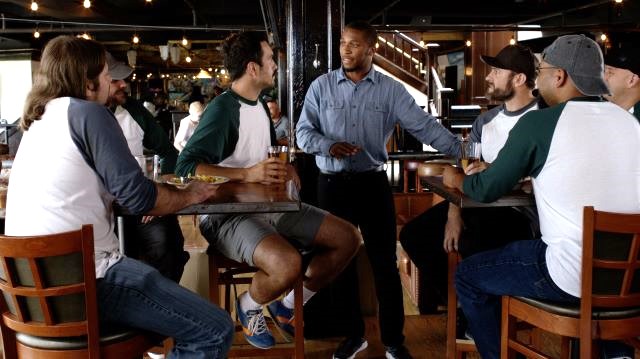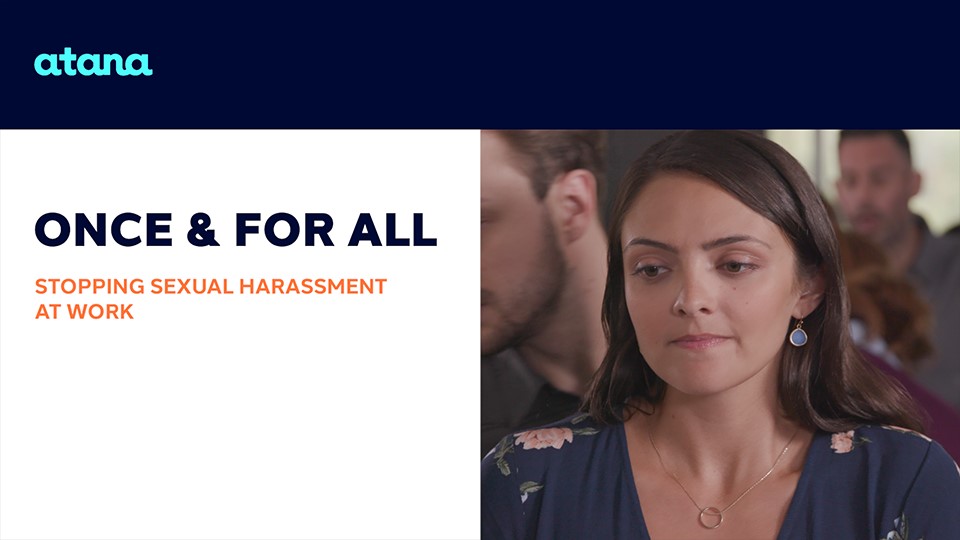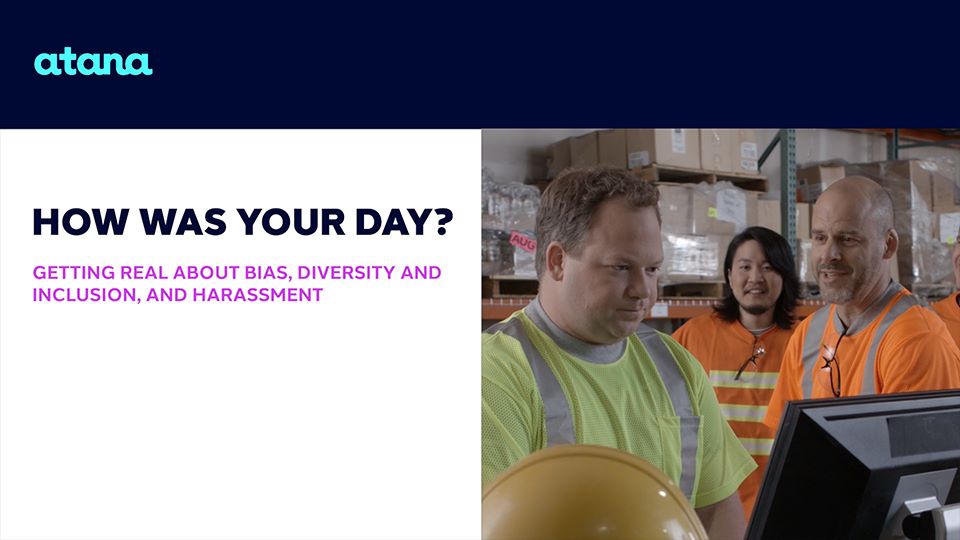
What is Third-Party Sexual Harassment?
Third-party sexual harassment is harassment of an employee by someone other than another coworker. Non-employees can include customers, clients, board members, shareholders, vendors, independent contractors, delivery people, and service providers.
Harassment by a 3rd party such as a customer, creates a hostile work environment when there is a pattern of behavior, the conduct is unwelcome and sexual in nature, and interferes with the target's ability to do their job. Third-party harassment claims require immediate and appropriate corrective action.
Here's an example of behavior that could potentially be third-party harassment:
Once & For All clip @ 2018-2024 Atana
This scenario highlights a common misconception about harassment from a customer. Maybe Cassie was initially flattered by this customer's flirtation and even liked the fact that he and his friends tipped well. Perhaps Cassie even flirted back. None of that matters. Now that the flirting has gone beyond her comfort zone, Cassie has every right to speak up and stop it.
Many people believe that if they initially welcomed or reciprocated the attention, they've forfeited their right to object later. However, this is not the case. Consent can be withdrawn at any time, and employees have the right to a comfortable work environment, free from unwanted sexual attention, regardless of past interactions. Understanding how to handle such situations is crucial for both employees and managers.
How to Handle Third-Party Sexual Harassment
Reporting and addressing harassment committed by someone other than an employee requires an effort from both employees and managers. While the responsibility to maintain a harassment-free workplace ultimately lies with the employer, employees play a vital role in identifying and reporting inappropriate behavior. By understanding their rights and the proper steps to take, employees can actively contribute to creating a safe and respectful work environment. Similarly, managers must be prepared to support their team members and take appropriate action when issues arise. The following tips provide guidance for both employees and managers on how to effectively handle harassment by third parties.
The Employee's Responsibility in Protecting Themselves
- Sexual conduct of any kind at work is always inappropriate.
- If the unwanted behavior is ongoing and interfering with your ability to do you job, it could be illegal hostile work environment sexual harassment.
- When a customer (or other third party) behaves in a way that offends you or makes you uncomfortable, you have every right to speak up and stop it. In situations like this, you can say something like, "It makes me feel uncomfortable when you talk to me that way. Let’s just stick to business." Or "I know we’ve both flirted a little, but now I feel uncomfortable. I’d like to just focus on business."
- If you are uncomfortable speaking to the customer directly, or the misconduct continues, ask your manager, or HR, for help. By law, your employer is legally obligated to protect you from third-party sexual harassment.
The Manager's Responsibility in Protecting Employees
- Your organization is legally obligated to protect all employees from third-party sexual harassment. Leaders can also be held accountable for sexual harassment prevention.
- As a manager, you are the front line when it comes to protecting your employees. The flirting or inappropriate behavior of the third party may have started out harmless, but if your employee has said "no," then the behavior needs to stop. Anything less than that could create a hostile work environment and be grounds for a sexual harassment claim.
- Maintain good relations with the third party, but be respectful, direct and firm. Say something like, "I need you to stop asking Cassie out. She is not interested, and since she works for me, I am obligated to make sure it stops."
- Inform HR of your conversation and reassure Cassie that if the behavior continues, she should let you know.
Creating a Team of Upstanders: Bystander Intervention
When it comes to any form of workplace harassment, bystanders play a crucial role in harassment prevention. An upstander is someone who speaks or acts in support of victims of harassment, bullying or other types of inappropriate or abusive conduct.
Upstanders contribute to a safer, more respectful work environment by:
- Keeping inappropriate conduct from escalating
- Stopping harassment in its tracks
- Signaling to perpetrators that their behavior is unacceptable
- Supporting and validating victims
- Enforcing workplace boundaries
- Changing abusive or disrespectful norms
Being an Upstander: The ACT Method
Teach employees that when witnessing disruptive, disrespectful, or harassing behavior, even from outside the organization, they can safely become upstanders by ACTing:
Approach
- Create a distraction or redirect the conversation
- Approach the perpetrator if the situation and relationship warrant it
Care
- Empathize with and support the targeted employee
- Encourage the victim to speak up and offer to accompany them when reporting
Talk
- Discuss the situation with a manager or HR if the behavior persists
Additional Anti-harassment Resources
Understanding what constitues harassment, including third-party harassment, is crucial for creating a safe and respectful work environment. By prioritizing education and effective training on these topics, organizations can go beyond merely meeting legal requirements and create a workforce ready to take immediate and appropriate action to protect employees from harassment.
Atana's award-winning courses, Once and For All and How Was Your Day?, cover all the legal bases without compromising learner engagement.
Recommended Sexual Harassment Prevention Training
DEI training and Harassment Prevention Training
Employee and Manager Courses Available










